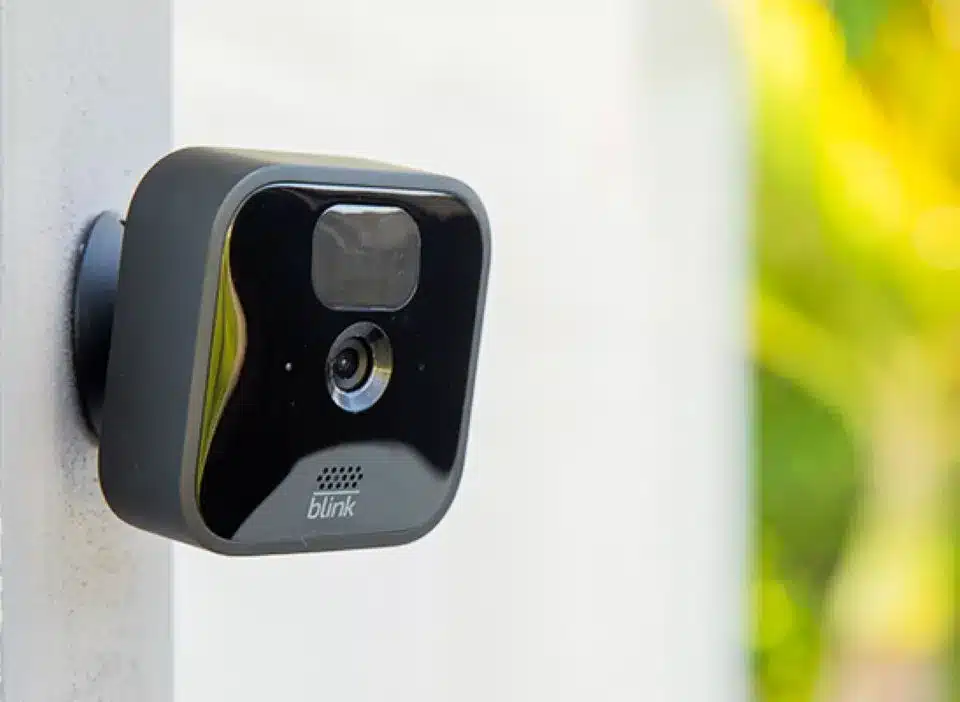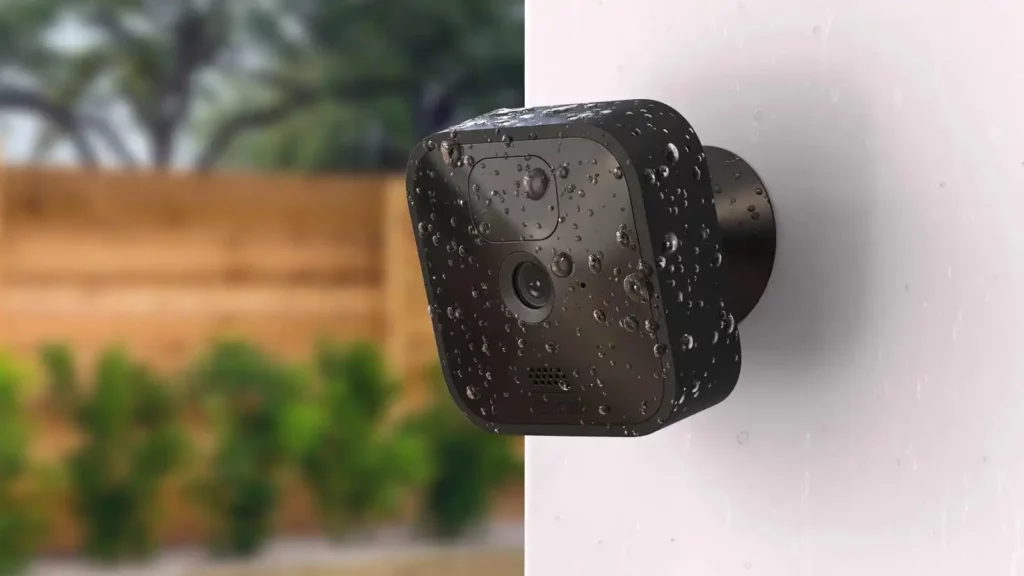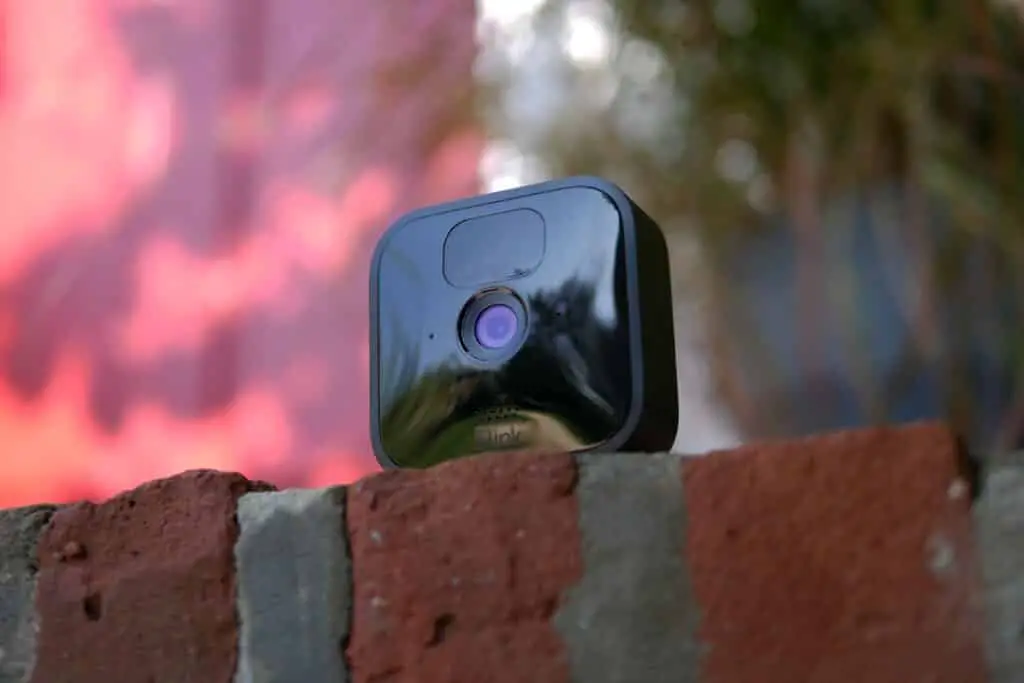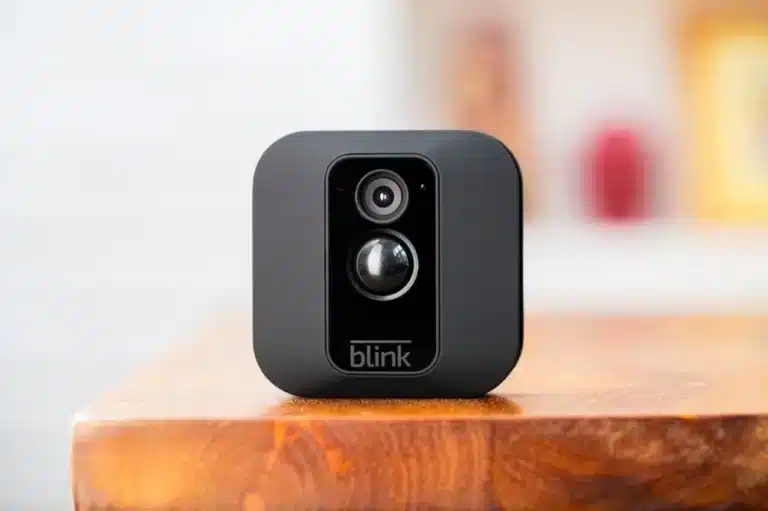Introduction
Home security systems, outdoor surveillance cameras have become an essential tool for monitoring and protecting our homes. Among the popular options available in the market, the Blink Outdoor Camera has gained significant attention due to its affordability, ease of installation, and wireless functionality. However, like any wireless device, the Blink Outdoor Camera relies heavily on batteries to operate effectively.
Choosing the right batteries for your Blink Outdoor Camera is crucial for ensuring uninterrupted functionality and maximizing its lifespan. In this introduction, we will explore the various types of batteries compatible with the Blink Outdoor Camera, their features, and the factors to consider when selecting the best option.
The Blink Outdoor Camera utilizes a wireless design to offer flexibility in camera placement without the constraints of power cords. This feature makes it an attractive choice for homeowners seeking a straightforward and versatile surveillance solution. To power the camera, Blink recommends using AA lithium batteries, which are readily available and offer numerous benefits over traditional alkaline batteries.
Lithium batteries, specifically AA lithium batteries, have gained popularity in the consumer electronics industry due to their exceptional performance characteristics. They possess a higher energy density, allowing them to provide a more extended battery life compared to alkaline batteries. This extended battery life ensures that your Blink Outdoor Camera can operate continuously for an extended period before requiring a battery replacement.

What batteries do I need for Blink outdoor camera?
AA lithium batteries
Blink security cameras are only compatible with AA lithium batteries that are non rechargeable.
For best performance, Blink recommends AA lithium batteries for the Blink Outdoor Camera. Due to greater energy density and longer lifespan than alkaline batteries, AA lithium batteries are popular in consumer devices.
AA lithium batteries last longer. Your Blink Outdoor Camera may run for a long time without a battery change. Longer battery life means uninterrupted surveillance and peace of mind.
High-temperature AA lithium batteries work well. AA lithium batteries work well in extreme temperatures. They’re weatherproof, so your Blink Outdoor Camera works year-round.
AA lithium batteries also self-discharge slower than alkaline batteries. When idle, batteries self-discharge. AA lithium batteries hold their charge longer, even when stored.
Can I use regular AA batteries in Blink outdoor camera?
Yes, you can use regular AA batteries in Blink cameras. However, it is recommended to use lithium AA batteries for better performance and longer battery life. Regular alkaline AA batteries may not last as long and may not perform as well in extreme temperatures.
The Blink Outdoor Camera recommends AA lithium batteries, but alkaline batteries can be utilized. Alkaline batteries are widely utilized in electronics. They power low-drain devices like the Blink Outdoor Camera.
However, alkaline AA batteries have some drawbacks compared to lithium batteries. They live less. Lithium batteries live longer than alkaline batteries due to their higher energy density. This requires more regular battery replacement, which might be cumbersome and cause surveillance coverage gaps.
Alkaline AA batteries may also function poorly in severe temperatures. Cold weather can hinder Blink Outdoor Camera operation due to voltage reductions. AA batteries may not power your camera in severe temperatures.
AA batteries self-discharge. Alkaline batteries self-discharge faster than lithium batteries. This means that spare normal AA batteries held for a long time may lose their charge and need to be checked and replaced.
What batteries are best for Blink camera system?
List of Best Batteries for Blink Cameras
- Energizer Batteries.
- Amazon Basics 48 Pack AA High-Performance Batteries.
- Enegitech AA Lithium Battery 16 Pack.
- Duracell Rechargeable AA Batteries.
- Bevigor AA Battery 12Pack.
- EBL 8 Pack 3000mAh 1.5V Lithium AA Batteries.
Blink cameras use AA lithium batteries. AA lithium batteries outperform alkaline batteries in consumer gadgets.
AA lithium batteries last longer. These batteries can power the Blink camera system for longer due to their higher energy density. This prolonged battery life provides peace of mind and uninterrupted surveillance by reducing battery changes.
AA lithium batteries also work well in severe temperatures. AA lithium batteries work well in extreme temperatures. This makes them excellent for outdoor use and guarantees your Blink camera system works reliably regardless of weather.
AA lithium batteries self-discharge slower than alkaline ones. When idle, batteries self-discharge. Even when stored, AA lithium batteries keep their charge due to their reduced self-discharge rate. If you have spare batteries or rarely check your camera system, this option is useful.
What brand of batteries does Blink use?
POWXS AA Lithium Batteries, 12 Pack 1.5V Lithium Iron AA Batteries 3200mAh Super Capacity for Blink Camera, Video Doorbell, Flashlight, Toys, Remote Control 【Non-Rechargeable】
Blink camera system, choose famous brands for quality and durability. Energizer, Duracell, Panasonic, and AmazonBasics make AA lithium batteries. These brands are well-known for their reliable and long-lasting batteries.
Energizer makes AA lithium batteries. Electronic devices employ their long-lasting batteries. Duracell makes high-quality batteries. Their AA lithium batteries last longer and run electronics efficiently.
Panasonic makes reliable AA lithium batteries for electronics. For outdoor camera systems like Blink, they work well in harsh temperatures. Amazon Basics sells Blink-compatible AA lithium batteries. These batteries are reliable and affordable.
Consider battery life, extreme temperature performance, and reliability when choosing a Blink camera battery brand. Customer feedback and brand reputation can help you decide.

Can I use Blink camera without battery?
The USB port on the back of all Blink cameras can be used with a Micro USB cable and adapter to power them, rather than using batteries. For proper safety only use 5V/1A USB power adapters. Since Mini cameras are only powered by USB and do not use batteries, a cable and power adapter comes included in the box.
The Blink camera system is specifically engineered to work with AA lithium batteries, which provide reliable power and extended battery life. The batteries supply the necessary energy for the camera to operate, including capturing and transmitting video, communicating with the sync module, and connecting to the Blink app or cloud storage.
Attempting to use a Blink camera without a battery will result in the camera being unable to power on or function properly. The camera requires a consistent power source to operate, and without batteries, it will not have the necessary power to perform its surveillance functions.
The battery-powered design of the Blink camera system offers numerous advantages. It allows for easy installation without the need for electrical wiring or power outlets, providing flexibility in camera placement and making it suitable for both indoor and outdoor use. The battery-powered operation also ensures uninterrupted surveillance, even during power outages or when electrical power is not readily available.
To ensure continuous operation and optimal performance, it is important to regularly check the battery level of your Blink camera and replace the batteries as needed. The Blink app provides a battery level indicator, allowing you to monitor the power status of your cameras and take timely action when battery replacement is required.
How long do batteries last in Blink outdoor camera?
Two years
On average, a Blink camera battery can last up to two years with normal use. However, this estimate can vary depending on how often the camera is used and how many motion events it records. If the camera is used frequently, the battery life may be shorter.
AA lithium batteries are known for their higher energy density and longer lifespan compared to traditional alkaline batteries. Their extended battery life is one of the reasons why Blink recommends using AA lithium batteries for optimal performance. The exact duration of battery life will depend on factors such as the number of motion events recorded, the length of video clips, the frequency of live views, and the overall camera activity.
To help maximize battery life, Blink cameras employ several power-saving features. One such feature is the use of a low-power standby mode when the camera is not actively recording or transmitting. The camera will enter this mode to conserve battery power and only activate when motion is detected or a live view is requested. This intelligent power management helps to extend the overall battery life of the Blink outdoor camera.
In colder temperatures, battery performance may decrease temporarily, but it should recover once the temperature rises. Similarly, in very hot conditions, battery life may be slightly reduced. However, AA lithium batteries are designed to perform well in a wide range of temperatures, making them suitable for outdoor use.
What to do when Blink battery dies?
A: The battery-operated Blink cameras are shipped with two non-rechargeable AA 1.5v Lithium batteries and they’re easy to replace when the time comes. Blink camera batteries should be replaced by Energizer Ultimate 1.5v Lithium AA batteries or the equivalent.
Replace the batteries: The first step is to replace the dead batteries with fresh ones. Blink cameras use AA lithium batteries for optimal performance. Open the battery compartment on the camera and carefully remove the old batteries. Insert new AA lithium batteries, following the correct polarity (+/-) indicated in the compartment. Make sure the batteries are securely in place before closing the compartment.
Check battery level in the app: After replacing the batteries, monitor the battery level in the Blink app. Open the app and navigate to the camera settings or battery section. The app will display the current battery level, allowing you to verify that the new batteries are functioning properly.
Optimize camera settings: To extend the battery life of your Blink camera, consider adjusting the camera settings. Lowering the motion detection sensitivity, reducing the length of recorded clips, or decreasing the frequency of live views can help conserve battery power. These adjustments can be made within the Blink app or the camera settings.
Consider an external power source: If you find that the batteries drain quickly or prefer not to rely solely on batteries, you can explore external power options. Blink offers an AC power adapter specifically designed for their cameras. This adapter allows you to power the camera directly from an electrical outlet, eliminating the need for batteries altogether.
Can I use rechargeable lithium batteries in Blink camera?
Please use only size AA 1.5 volt Lithium non-rechargeable batteries – DO NOT USE any Lithium-Ion, alkaline, or rechargeable batteries. If the camera is powered by USB with batteries installed and the power goes out, the camera will continue to run on the available battery power.
Choose high-quality batteries: Opt for reputable brands known for their reliable rechargeable lithium batteries. Look for batteries with a high mAh (milliampere-hour) rating, indicating a higher capacity for longer battery life.
Charge batteries fully before use: Ensure that your rechargeable batteries are fully charged before inserting them into the camera. Follow the manufacturer’s instructions for charging and use the appropriate charger designed for lithium batteries.
Monitor battery levels closely: Keep an eye on the battery level indicator in the Blink app or camera settings. Recharge the batteries promptly when the level becomes low to avoid any interruptions in surveillance.
Have spare batteries: It’s beneficial to have spare rechargeable batteries on hand so that you can quickly replace the batteries when needed. This allows you to maintain uninterrupted surveillance while recharging the depleted batteries.
Consider a separate charger: Investing in a separate charger designed for rechargeable lithium batteries can be beneficial. A dedicated charger can provide faster and more efficient charging, allowing you to keep spare batteries ready for use.

Conclusion
Blink Outdoor Camera plays a crucial role in ensuring its reliable performance and longevity. The recommended choice for optimal results is AA lithium batteries. These batteries offer several advantages, including extended battery life, resistance to extreme temperatures, and a slower self-discharge rate. These features ensure that your Blink Outdoor security camera operates continuously, even in challenging weather conditions, and reduces the frequency of battery replacements.
It’s worth mentioning that rechargeable batteries are also compatible with the Blink Outdoor Camera. Rechargeable batteries provide cost-saving benefits and are environmentally friendly as they can be reused multiple times. When opting for rechargeable batteries, it’s important to choose high-quality ones with a high capacity and low self-discharge rate to maximise their performance and minimise the need for frequent recharging.
Whether you choose AA lithium batteries or rechargeable batteries, it’s essential to consider your specific needs and usage patterns. Factors such as the frequency of camera usage, the location of the camera, and the climate in your area should be taken into account when making a decision. To monitor the battery life of your Blink outdoor camera, you can check the battery level within the Blink app or the camera settings. The app provides a clear indication of the current battery level, allowing you to assess when it is time to replace the batteries.

